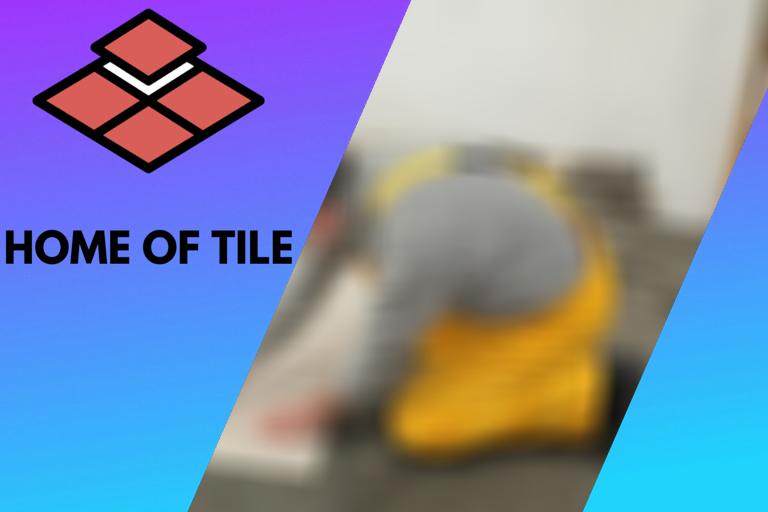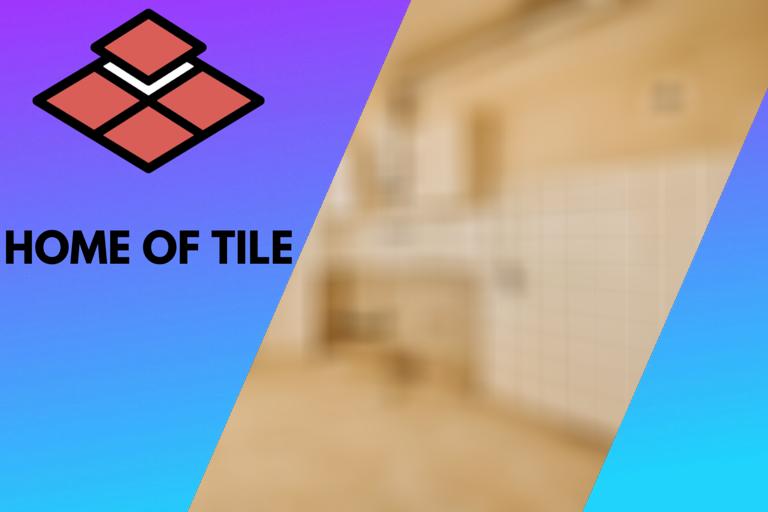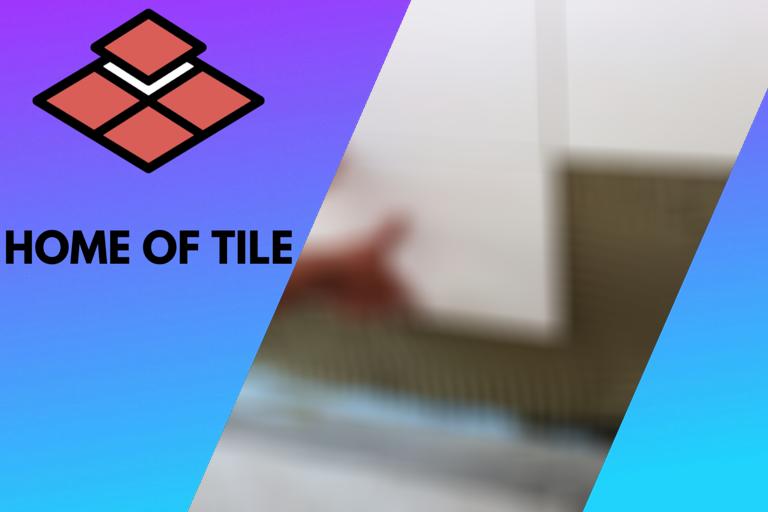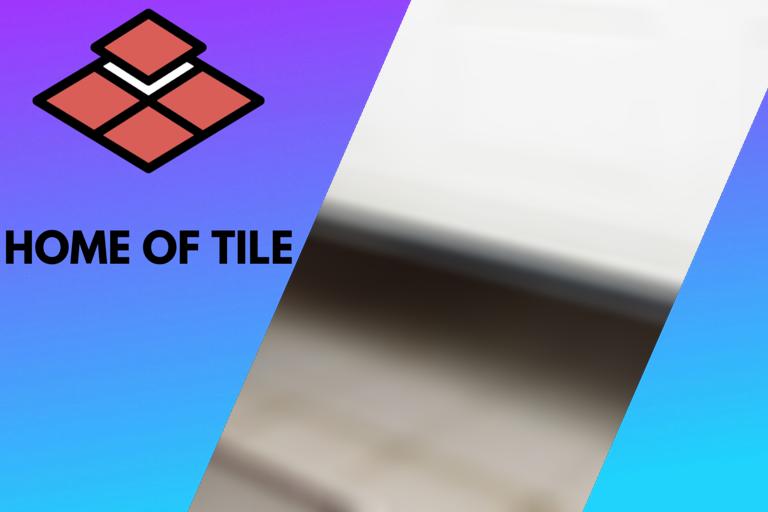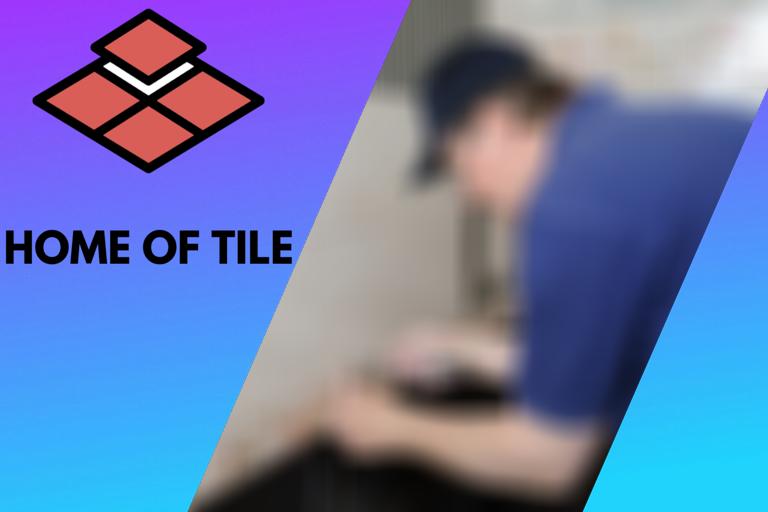Drywall and Tiling: 9 things you should know
Drywall is trending for its use with tiling because of the beautiful look it gives to your place. Also, it is cheaper than the other underlayment options. However, installing tiles on drywall can negatively affect your tiles. The reason for this is that drywall is severely affected by moisture. So, you need to prepare the surface before tiling it to help it withstand any humid conditions.
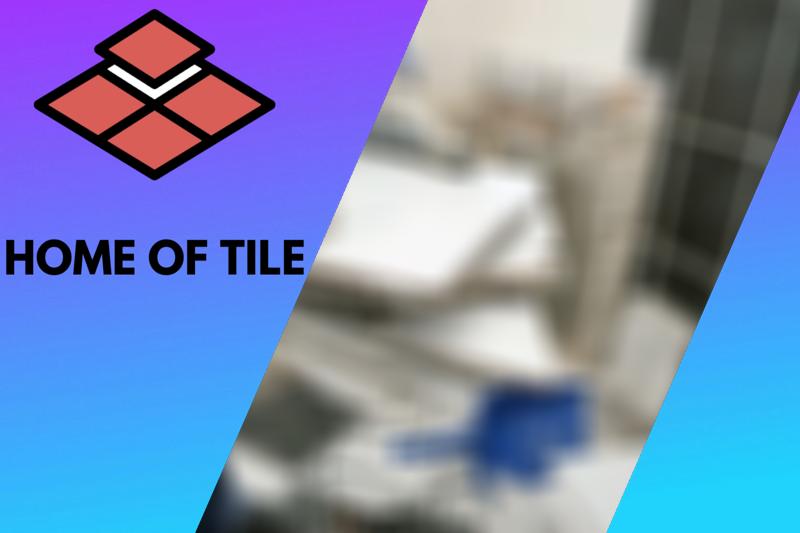
In this article, you will learn how to prepare drywall and blue board for tiling. You will understand the reasons for using primer and taping drywall joints before tiling. You will also learn about how to tile over painted drywall or mud drywall efficiently.
Contents
- 1 Tiling directly to a Drywall, some helpful tips:
- 2 Do I need to Prime Drywall before Tiling?
- 3 Tiling over Painted Drywall, some helpful tips:
- 4 Tiling over Drywall Mud, is this possible?
- 5 Priming Drywall before Tiling, is this needed?
- 6 Do I need to tape Drywall Joints before Tiling?
- 7 How to prepare Blue board for tiling, some helpful tips:
- 8 Tiling a shower over drywall, some helpful tips:
- 9 Tiling Backsplash Over Painted Drywall
Tiling directly to a Drywall, some helpful tips:
In general, tiling to drywall is fine. In most cases, use a primer, and ensure that the moisture and humidity level is not too high. For tiling in really moisture locations, utilize a backer board.
Tiling directly on drywall can be done perfectly by following some simple steps:
● Step 1: Clean the drywall completely
First, clean the drywall completely to get rid of dust and debris. If you are planning to remove preexisting tiles from the wall before retiling, you may need to buy a new gypsum board as well. It is almost impossible to replace the tiles without damaging the board.
● Step 2: Remove any remaining mastic or wallpaper
Before placing the tiles on the wall, you must remove the remaining mastic and adhesive from the board to keep the surface smooth. When wallpaper is used, peel it off from the gypsum board so that the tiles adhered to the paper cannot fall when the paper gets loose.
● Step 3: Repair any damaged areas and seal it
Repair any damaged areas on the surface. Mark the cracks and holes on the surface and fill those using compound filler. When that has been done, seal the board with a high-quality sealer. Please wait until it is dry before continuing.
● Step 4: Sand the wall lightly and remove all the dust
Scuff up any paint on the wall with sandpaper by giving it a light sanding to remove the shine. It will improve the tile mortar’s adhesion that will help maintain the proper grip on the tiles. Remove all the dust before continuing.
● Step 5: Prepare the adhesive
Tiling the wall starting from the top is difficult because there is a risk that tiles may slip. Be sure to start tiling from bottom to top or from center to the sides. When tiling from the bottom, you need to consider the slope of the floor. The joints of the wall can become uneven due to an unbalanced floor. You can solve this problem by tiling the wall with the highest slope and then using the same starting height for all the other walls.
Divide the wall into equal quadrants and complete each quadrant one by one. Now mix the thin-set and spread it on the wall. Fix the first tile to the wall and put spacers at the edges to maintain an equal distance between the tiles. Next, place the second tile and complete the whole row by putting spacers between all the tiles. Make sure that the tile joints are in line with each other and tape the side of the tiles with the painter’s tape until the adhesive dries.
● Step 6: Let it dry, remove the spacers, and clean
Let the adhesive dry for 24 hours before removing the painter’s tape and spacers. Mix the grout and apply it between the tiles to maintain equal grout joints between the tiles. Clean the tiles using a sponge or mop to remove any remaining adhesive or grout from the tiles.
Do I need to Prime Drywall before Tiling?
If you plan to tile on new drywall, you should apply primer. The main advantage of primer is that it makes the surface moisture and temperature resistant. Primer also provides better adhesion between the wall and tile. If you are tiling older drywall that has already had a primer on it, there is no need to apply it again.
Primer is mostly applied on surfaces like drywall, concrete, and wood to prevent mold growth. It also makes the surface waterproof. As we know, drywall is very absorbent, and it absorbs the moisture of the adhesive when it is applied to the drywall. This absorbent property of drywall will weaken the bond between the tiles and the adhesive by hardening the adhesive. This results in tiles falling from the wall. So, applying primer on the drywall prevents it from absorbing the solvents from the mortar.
Also, temperature differences due to heat and sunlight make the adhesive lose its grip on the tiles. Primer protects against such temperature changes. It also acts as a barrier against any moisture on the drywall surface.
Tiling over Painted Drywall, some helpful tips:
To tile over painted drywall, you first need to remove the paint from the wall. You can use a scraper for this. Clean it with TSP, fill any cracks or holes, and finally sand it.
Tiling directly on painted drywall is not recommended. Remove the paint with a scraper or chemical paint remover. This should remove all texture on the wall and flattens the surface. Clean the painted drywall with TSP (tri-sodium phosphate) to scrub away any grease or stains on the wall. This will help the mortar to adhere to the wall and have a strong grip on the tiles. Fill any holes and cracks on the wall using the compound filler. Then, using sandpaper, remove the shine to create a strong bond between the tiles and wall.
Clear the surface of any dust and debris, wipe it down with a damp rag and let the wall dry before moving to the next step. Now your painted drywall is ready for tile installation. You can now follow the procedure as explained above to tile your wall.
Tiling over Drywall Mud, is this possible?
It is fine to tile over drywall mud, but you have to do it correctly. Prime the surface when there is a thick layer of drywall mud, and ensure that the thin-set is not too dry.
Drywall mud helps strengthen and smooth drywall and drywall joints and results in an even area for your tiles. Often it is applied in multiple coats on the drywall. You can either mix the compound by yourself or use the premixed mud type. Begin with applying an all-purpose mud that goes on smoothly and dries within a few hours. Then, for the final coating, apply topping mud over the drywall surface. Topping mud is not a strong adhesive, so it is not suitable to use as a starting coat.
People usually ask, is it suitable to tile over drywall mud? The answer is yes; it is perfectly fine to tile over drywall mud. You only need to be a little more cautious when tiling over it. If there is a lot of damage to the wall, repair it first. Prime the surface, particularly at areas where there is a big coat of the drywall mud.
Mix the thin-set, spread it over the surface, and start tiling. Ensure that the thin-set does not dry too soon because the mud will try to absorb the moisture from the thin-set.
Priming Drywall before Tiling, is this needed?
It is recommended to prime a drywall before tiling. Drywall is very porous, and it will absorb the moisture of the adhesive, which will then weaken its grip on the tiles. The drywall itself is not waterproof, and moisture affects the surface. This can result in cracked tiles and tiles that lose their structural integrity.
Priming the new drywall before tiling is important for the tiles to hold and maintain their grip on the surface for a long time. Particular at more moisture locations like a bathroom.
Do I need to tape Drywall Joints before Tiling?
In general, taping the drywall joints before tiling is very useful. This way, the gaps in the joints are not exposed to moisture directly. Not taping can negatively affect the tile’s mastic, and eventually, tiles will lose their grip and can even fall off.
Most professionals see sealing the drywall joints as a necessary step for tiling drywall. They do this because they are aware of the harmful effects of moisture on the tiles. Covering the seams of the drywall with compound and taping the joints does delay the project by a day because the compound needs time to dry. However, the cost of seam and taping is nothing compared to the damage that moisture will cause to the tiles.
How to prepare Blue board for tiling, some helpful tips:
Before starting with tiling, cover the blue board with a sealing primer. Blue board is water-resistant, not waterproof, and the primer acts as a Wait for it to dry
The surface of blue board is difficult for tiles to adhere to. So, you need to coat the surface with primer first to provide a suitable surface for the tiles to adhere to. The first step in preparing the blue board is to cover it with a flat sealing primer, making a layer by rolling it on the surface. Then wait for 24 hours to allow the primer to dry.
Establish a layout through a dry test by placing tiles on the surface without mortar. Next, mix the thin-set and spread it over the surface using a trowel. Place the tiles on the surface, maintaining an equal distance between the tiles using spacers. Then after 24 hours, grout the joints and clean the tiles with a mop or sponge.
Blue board is mostly used as plaster, and it has a moisture-resistant core. It is more durable than drywall and prevents mildew growth. Because of its moisture-resistant core, it acts as a perfect underlayment for damp areas like bathrooms. For ceramic tiles, it provides a good surface for tiling. The blue board is water-resistant, not waterproof, so you need to prepare the surface with a primer before tiling over it.
Tiling a shower over drywall, some helpful tips:
When you use drywall in your shower you need to seal the surface with a primer. This acts as a barrier behind the surface so that water seeping from the shower cannot damage the tile’s structural integrity. It is recommended to use blue or green boards instead of using regular drywall. They are water-resistant and provide better protection from moisture.
Tiling a shower over drywall is a great way to give your bathroom a beautiful look. However, it is very important to choose the right kind of drywall before tiling. There is always moisture in a shower, and water continuously seeps through the grout joints. This can then damage the joints and tiles. That is why it is very important to choose the right type of drywall before tiling a shower.
Tiling Backsplash Over Painted Drywall
Prepare the surface and remove any paint from the wall before tiling the backsplash over the painted drywall. Clean the surface from dust and debris and fill the cracks and holes using compound filler.
A backsplash is used to fill gaps between the cabinet and counter-top and is mostly used in bathrooms and kitchens. Before tiling, prepare the surface of the backsplash. It is best to remove all paint with a scraper of some chemical paint remover. Fill cracks or holes with a compound filler and let it dry. Clean the surface and if it is smooth, use some sandpaper to make it a little bit rougher. This improves the bounding.
Now your surface is ready for tile installation. Before placing the tiles, mark your initial position where you will fix the first tile. Now start placing tiles on the surface, and make sure that all the tiles are in line with each other. Complete the whole area, wait for the mortar to dry, and then clean the tiles with a wet sponge.

